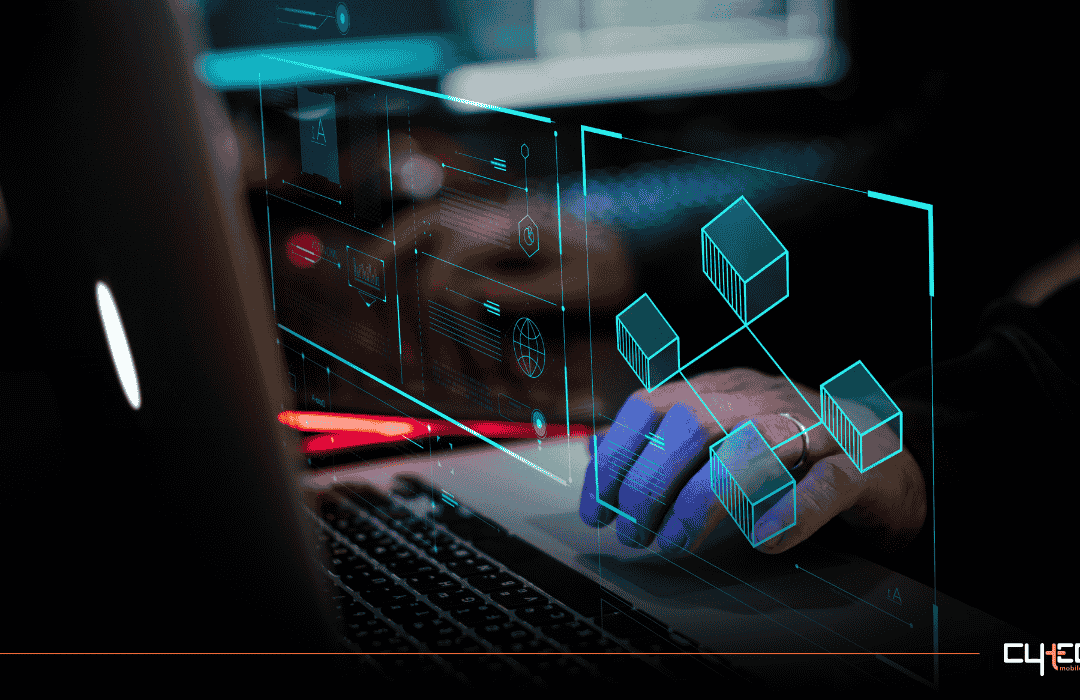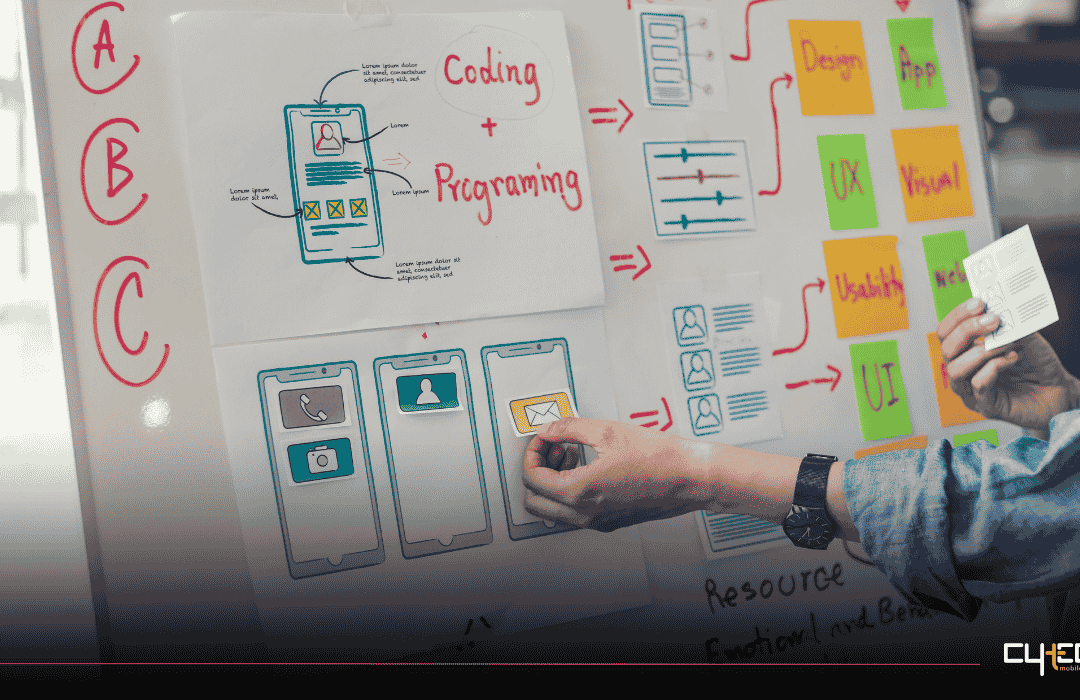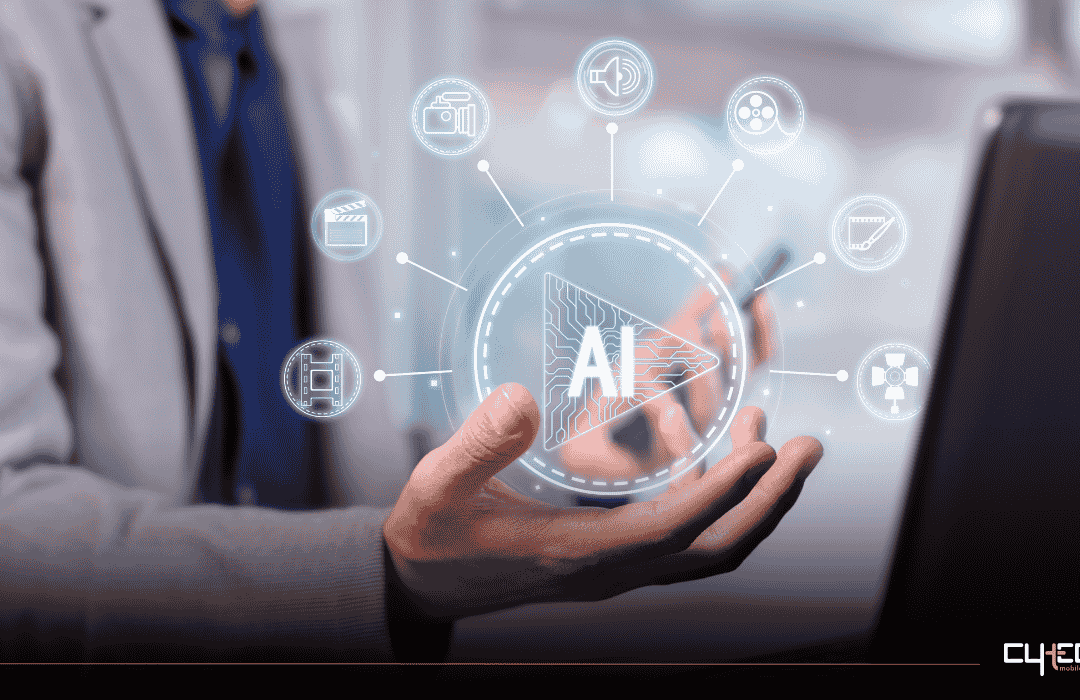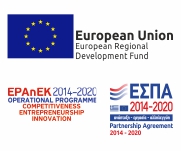Anyone who has worked even briefly in a real production environment knows the anxiety that arises when something stops working properly and there is no clear explanation. Users report issues that are difficult to reproduce, the system slows down for no obvious reason, and the data in front of you does not lead to any solid conclusion. Logs are poor or vague, metrics appear “normal,” and yet the user experience is degrading.
In a world where software delivery speeds keep accelerating, CI/CD has become the backbone of modern DevOps. But as cloud-native architectures grow more complex, one methodology is rising from a niche practice to a mainstream standard: GitOps.
Ever opened an app that looked promising, only to get lost in confusing menus or endless forms? That frustration you felt wasn’t a bug — it was bad UX. And that’s exactly why software developers should care more about user experience design.
Artificial Intelligence (AI) has moved from futuristic promise to present-day impact, particularly in the realm of software development. From concept to continuous deployment, AI now influences nearly every phase of the Software Development Lifecycle (SDLC). This transformation is not only enhancing productivity but also redefining the way developers, designers, and businesses approach software engineering.
Open source has evolved from a developer’s philosophy into a cornerstone of enterprise innovation. Today, 96% of commercial codebases rely on open-source components that power the world’s digital infrastructure. Discover how open ecosystems drive agility, transparency, and sustainable growth — transforming software from code into shared value.
Software, for most people means lines of code, frameworks, and technologies. Yet in reality, the element that makes the real difference is not only technical excellence but trust. A piece of software may be well-written and fast, but if it does not inspire confidence, it will not survive in the long run.
August is the month when life slows down, but digital innovation never hits “pause.” The rise of Low-Code and No-Code (LCNC) platforms is reshaping the software landscape, allowing anyone—from seasoned professionals to non-technical users—to create applications with simple drag-and-drop tools. These platforms democratize innovation, dramatically cut costs, and accelerate project timelines from months to days. While they offer immense benefits, businesses must navigate challenges like customization limits and the risks of "shadow IT." This article explores why LCNC is a game-changer and how it's empowering a new generation of creators.
In the world of technology, one thing is certain: everything changes. In 2025, amidst breakthroughs in artificial intelligence, shifts toward cloud-native architectures, and growing demands for real efficiency, programming languages are not being left behind — they are evolving and transforming. Some well-known veterans are returning stronger than ever, while new, fresh contenders are claiming their share in this dynamic landscape. For developers and tech professionals — especially in sectors like telecom, SaaS, or AI — knowing which programming languages are in highest demand is more than trivia. It's a strategic advantage. Languages like Python continue to dominate due to their role in AI and data science, while JavaScript and TypeScript remain the pulse of the web. Meanwhile, emerging players like Rust (for safety and speed) and Mojo (designed for AI workloads) signal where the market is heading next.
When a company asks for “software,” what it truly needs is a solution. Not just screens, buttons, or features—but something that works, integrates smoothly into operations, and solves specific problems. So how does an idea or need turn into a tool with tangible value? The answer lies not just in programming, but in the process of translating business goals into digital capabilities. In this article, we break down the key stages of that journey—from initial concept to execution.
Just like any software, open source tools require regular updates to stay secure, compatible, and functional. Staying true to its commitment to quality and open innovation, Cytech has released a significant update to BuddyMeet — its open source plugin that integrates Jitsi Meet with BuddyPress inside WordPress environments. This new version ensures smooth operation despite recent changes in the WordPress ecosystem and the underlying video conferencing technologies (Jitsi servers).










